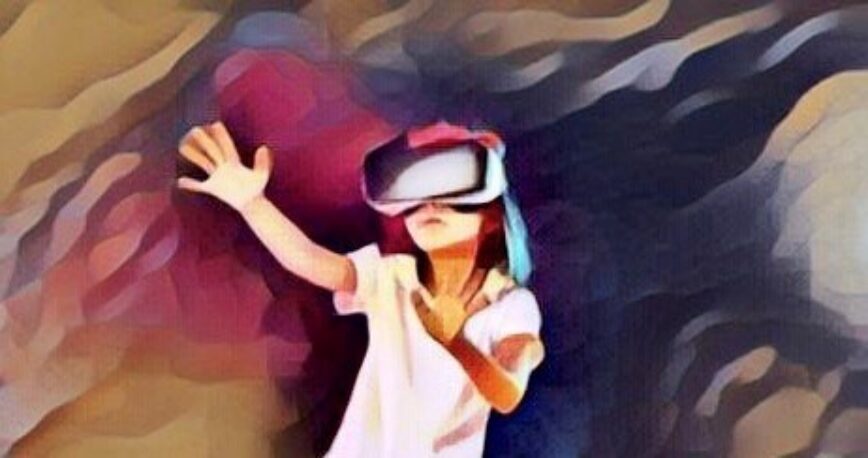The aim of ViRMa is to explore how children develop risk assessment and risk management skills through risky play and other childhood experiences. In ViRMa, this will be investigated in a safe and ethically appropriate way by using virtual reality (VR), eye tracking and motion capturing. The project will develop realistic VR situations for the children to handle. The child's risk management will be compared with background information on childhood experiences such as play, physical activity, and child care/school. The results will provide knowledge on how children develop risk management skills, and how to prevent accidents/injuries.
Globally, progress has been made regarding injury prevention among children. However, injuries remain the leading cause of death for children and efforts to support children’s health, including injury prevention, must be multi-faceted. A promising approach includes children’s own ability to assess risk. Play appears to be an ideal activity for children’s learning, as it allows the players to test out risky behavior or situations without the severe real-life consequences. Risky play has, therefore, emerged as a topic of interest for researchers, parents, childcare practitioners/teachers and policymakers over the last twenty years.
Research indicates that children need risk experiences to learn risk management skills. It can be thought of as a muscle that needs to be built and exercised. From a different angle, there are indications of negative effects of children being overly protected; that curbing risky play and autonomy can increase the likelihood of anxiety, in childhood, adolescence and adulthood.
In ViRMa, we have developed new and innovative technological solutions to investigate children's risk management and motor skills. Data has been collected from 417 Norwegian and 72 Canadian children using VR, eye-tracking and motion capturing, as well as psychometric tests for sensation-seeking and self-perceived motor competence among the participating children. Data has also been collected using a questionnaire for the children's parents. The parents' questionnaire covers, among other things, the children's experience of risk growing up, injury history, parenting style and parents' risk tolerance. Much of the work at ViRMa has been to develop new methods and appropriate analysis processes for the data we collect. The project group is now in the process of carrying out further analyses, writing articles and publishing project results.
ViRMa will provide new insight into how children assess and manage risks and learn from experiences. Such knowledge addresses fundamental challenges in the research field and can expand our understanding of child development.


